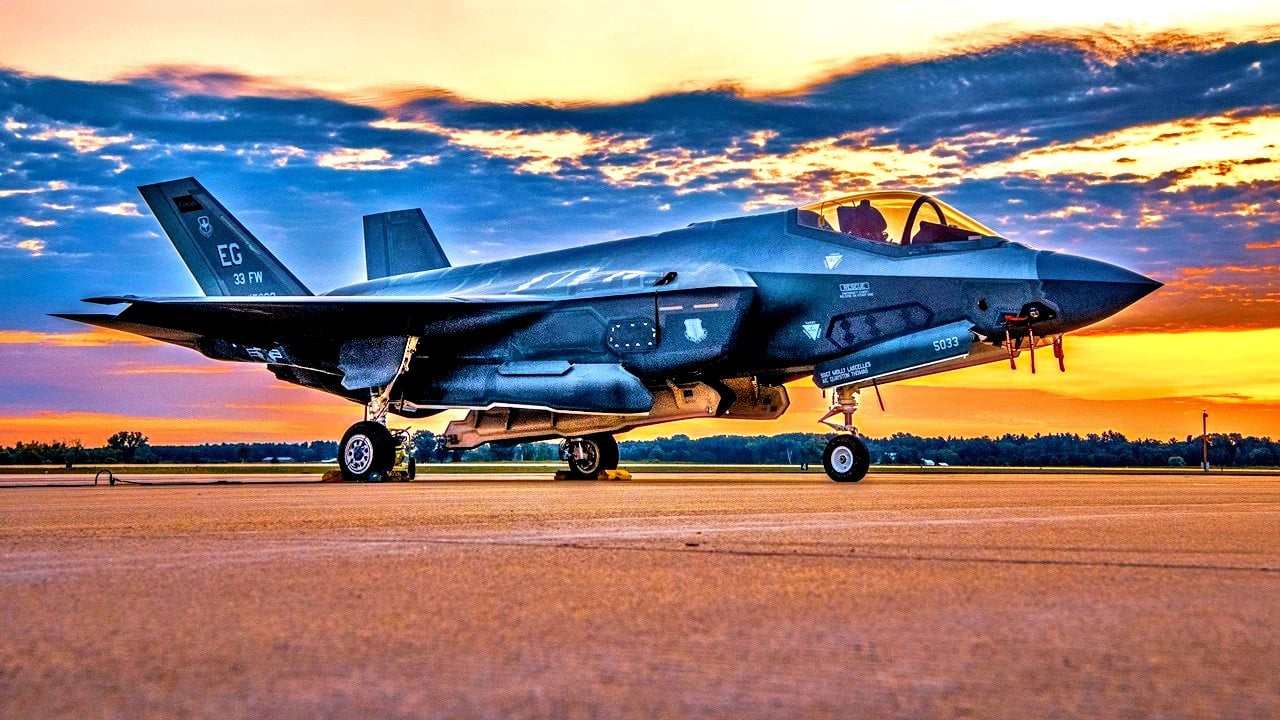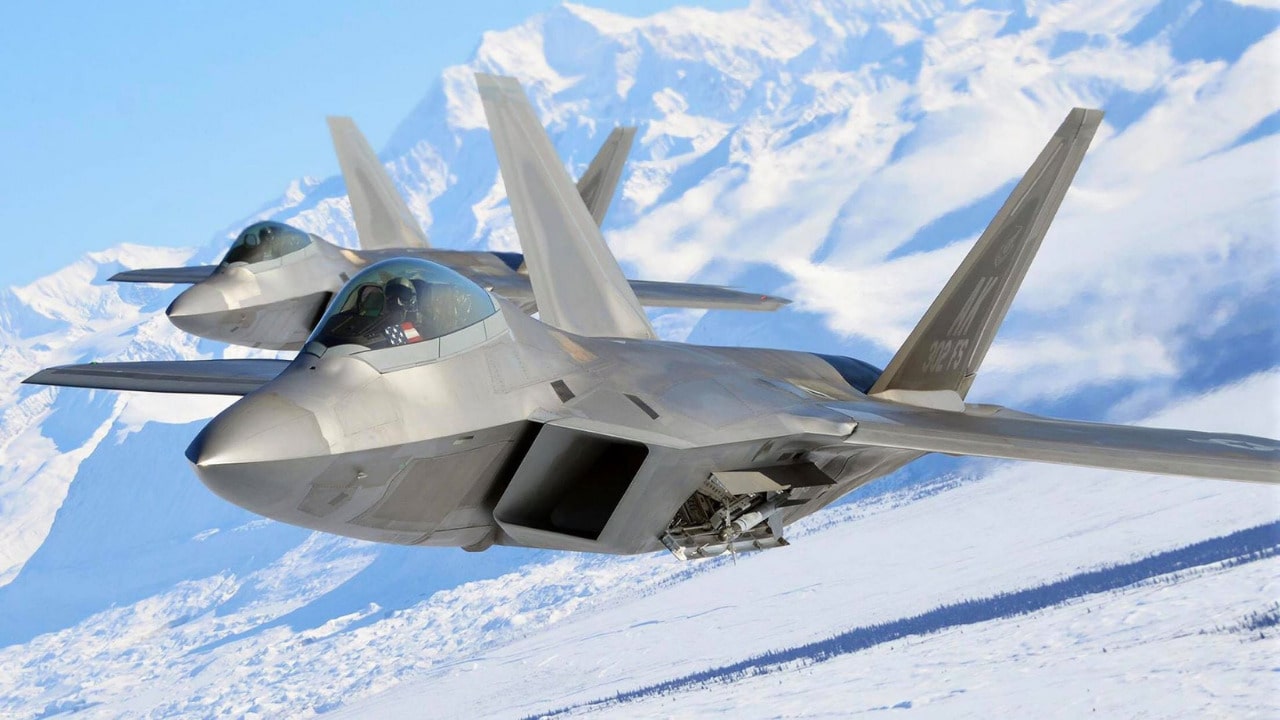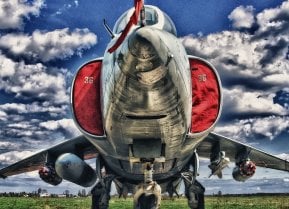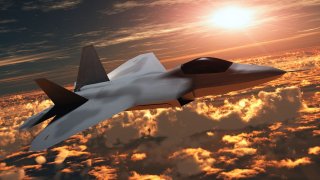Ranked: Meet the Best 5th-Generation Stealth Fighters to Fly the Skies
Here’s how these fighters would likely perform, ranked from worst to first.
The powerful computers onboard the F-35 take data fed through both of these systems, as well as from other sensors in space, the air, land, and sea, and fuse it all into a single consumable display presented to the pilot through a combination of a single large screen and a helmet-mounted system. As a result, the F-35 provides better situational awareness than any tactical aircraft in history. And by sharing this data with older aircraft, it makes 4th generation fighters deadlier simply by flying alongside them.

Perhaps most important of all, the F-35 outnumbers all other stealth fighters by a wide margin, with more than 700 delivered to the U.S. and its allies since the program began. So, while the F-35 may not match the sheer performance of other stealth fighters, it more than compensates through awareness and volume.
#1 America’s F-22 Raptor
The reigning king of the skies (is endangered).
As the world’s first 5th generation fighter, the F-22 Raptor is the oldest design on this list, but its incredible combination of low observability and high performance not only set the standard for all stealth fighters to come, it remains the most capable stealth fighter in service anywhere on the planet to this very day. The Raptor is said to carry a frontal RCS of just 0.0001~0.0002 square meters, which is (as we’ve already mentioned) some 5,000 times smaller than expert assessments of the Russian Su-57, at least 800 times smaller than the J-20, and even 5-10 times smaller than the much newer F-35.
Of course, stealth isn’t everything in fighters, and the Raptor brings a lot more than sneakiness to the fight. While the F-22 doesn’t offer the same degree of situational awareness found in the F-35, its sensor and avionics suite is still considered to be robust enough to give Raptor pilots what the Air Force calls, “first kill opportunity,” meaning it can spot enemy fighters and engage them with weapons that reach beyond-visual-range before the bad guy even knows it’s there.
But the F-22 is not just a sniper. Thanks to a top speed of Mach 2.25 and the ability to supercruise (fly at supersonic speeds without using its afterburner), the Raptor can cover more distance at greater speeds than its competition while still having enough fuel left in the tank for a fight once it arrives. And even when fighting in close quarters, the F-22’s 180-degree thrust vector control supplements its aerodynamic design to provide excellent maneuverability.

Despite the Raptor’s dominant performance, even in a field of stealth fighters, it exists in dwindling numbers today. With just 186 total F-22s delivered and fewer than 150 considered combat-capable, the F-22 is already living on borrowed time. Because its production line was devoured by the F-35 and the Air Force’s next air superiority fighter developed under the Next Generation Air Dominance program, the F-22’s reign as king of the skies will likely come to a close within the coming decade.
Honorable Mentions
It should be noted that there are a number of other 5th generation fighter programs in various stages of development, including Russia’s budget-friendly Su-75 Checkmate and China’s FC-31 Gyrfalcon. However, because these aircraft have yet to reach operational service, they can’t really be ranked against these jets that are already on the job.
Alex Hollings is a writer, dad, and Marine veteran who specializes in foreign policy and defense technology analysis. He holds a master’s degree in Communications from Southern New Hampshire University, as well as a bachelor’s degree in Corporate and Organizational Communications from Framingham State University.
This article was first published by Sandboxx News.
All images are Shutterstock.


